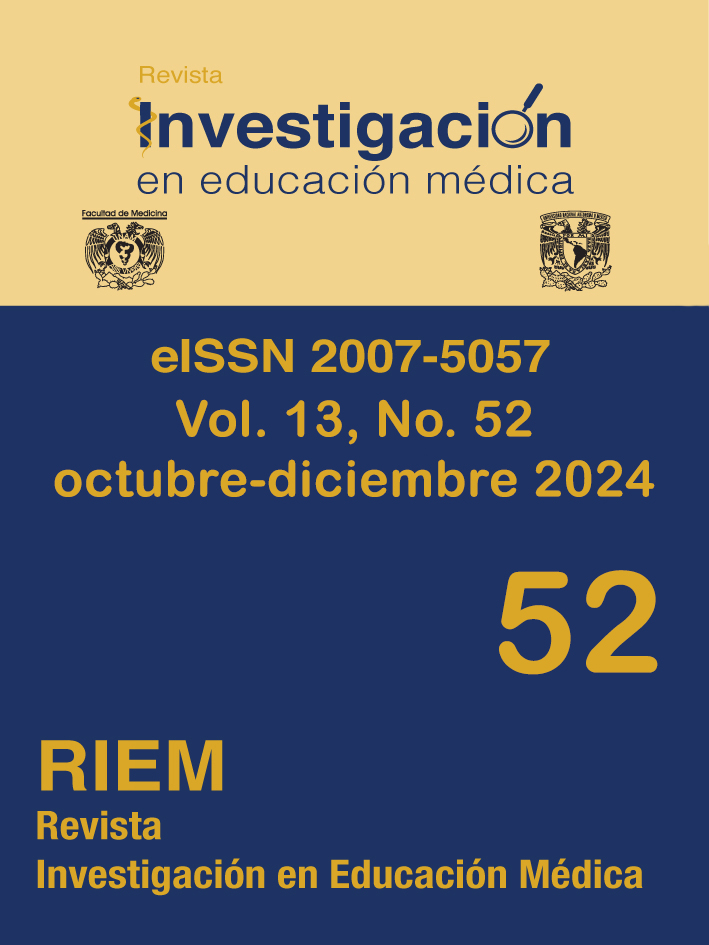Efectos de la implementación de actividades prácticas sobre la motivación de logro en estudiantes universitarios
Resumen
Introducción: Motivación es aquello que impulsa a un sujeto hacia un objetivo que supone acciones, aceptando el esfuerzo requerido para conseguirlo. Puede ser extrínseca, asociada a factores externos como reconocimiento o castigo; e intrínseca, relacionada a aquello que surge del propio individuo como la autorrealización y desarrollo personal. La motivación de logro es una forma de motivación intrínseca e incentiva la búsqueda de soluciones a problemas sin necesidad de recompensas. Constituye un paso previo al aprendizaje, es su motor, por ello en educación es fundamental utilizar estrategias que aumenten la motivación de logro de los estudiantes.
Objetivo: Evaluar los efectos de la incorporación de actividades prácticas de laboratorio en la enseñanza de la fisiología humana sobre las atribuciones de motivación de logro en estudiantes de kinesiología.
Método: Se evaluaron las atribuciones de motivación de logro en estudiantes universitarios al final de dos asignaturas de fisiología humana equivalentes, en dos semestres consecutivos, mediante la Escala Atribucional de Motivación de Logro Modificada (EAML-M). La primera asignatura se basó en actividades tradicionales, mientras que en la segunda se implementaron, además, actividades prácticas de laboratorio de fisiología del ejercicio.
Resultados: La dimensión de la EAML-M con mayor puntaje al finalizar ambas asignaturas fue “interés/esfuerzo”. Comparando los resultados de ambas asignaturas, se encontraron diferencias significativas en dos dimensiones, específicamente aumentos en el puntaje “tarea/capacidad” (4.2 ± 0.56 vs. 4.6 ± 0.56; P = 0.002) y “examen” (5 [5-5] vs. 5 [4-6]; P = 0.011) en la asignatura que incorporó actividades prácticas.
Conclusiones: Estos resultados sugieren que la implementación de actividades prácticas de laboratorio de fisiología del ejercicio podría mejorar las atribuciones de motivación de logro en estudiantes universitarios, específicamente en las dimensiones “tarea/capacidad” y “examen”. Además, se encontró una posible influencia del género en la motivación de los estudiantes, pues al realizar análisis por sexo, solo se encontraron mejorías en las mujeres.








